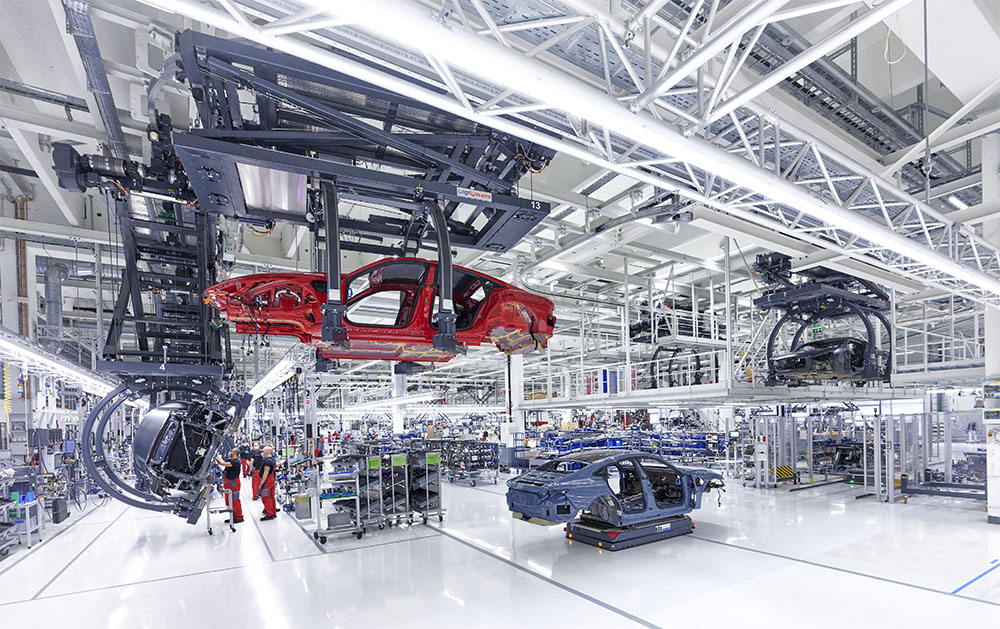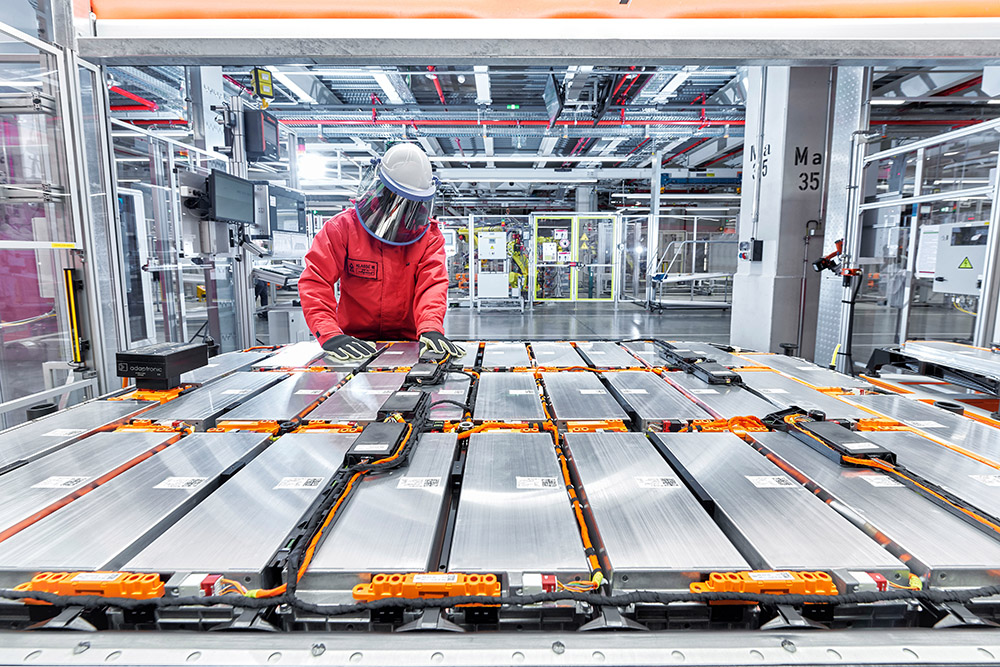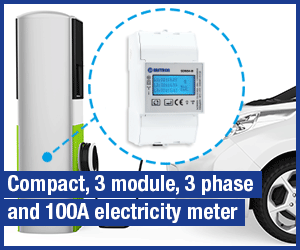The most significant tipping points for electromobility will be when automakers stop producing ICE vehicles. Audi has announced a couple of definite (if rather timid) steps in that direction: the brand is beginning to prepare its global facilities for the production of EVs; it will only launch all-electric models as of 2026; and it will gradually phase out production of its combustion models by 2033.
Unlike some competitors, which are building dedicated EV plants, Audi plans to build on its existing global production network. “Step by step, we are bringing all our sites into the future,” says Audi Board Member for Production and Logistics Gerd Walker. “We don’t want any standalone lighthouse projects on greenfield sites. Instead, we are investing in our existing plants so they end up being just as efficient and flexible as newly built production sites. The path Audi is taking conserves resources and accelerates our transformation.” (It may also allow the company to calibrate the speed of that transformation, extending ICE production if the political winds shift.)
By the end of the decade, Audi says it will be making EVs at all of its production sites worldwide. “We will make all our employees fit for the future by 2025 with a training budget of around 500 million euros,” says Walker. Two sites, Böllinger Höfe and Brussels, are already producing EVs. The Audi Q6 e-tron will roll off the production line in Ingolstadt next year, and production of EVs will gradually start in Neckarsulm, San José Chiapa and Győr as well. By 2029, all production sites will be producing at least one electric model. “Depending on local conditions,” production of the remaining combustion models will be gradually phased out by the beginning of the next decade.

New plants will only be built where additional capacity is needed. For example, Audi and its partner FAW are currently building a site in Changchun, China, where models based on the PPE (Premium Platform Electric) platform will be locally produced.
“We will use the transition to e-mobility to make major leaps in productivity and optimization by making the necessary modifications,” says Walker. Audi wants to cut factory costs in half by 2033 by streamlining the production process. The company also aims to make its manufacturing processes more flexible. The new Q6 e-tron, for example, will initially be made in Ingolstadt on the same line as the legacy A4 and A5. The electric models will gradually replace the combustion cars on the lines.
Sustainability is another major goal—Audi hopes to make all its production sites worldwide net carbon-neutral by 2025. By 2030, the company aims to cut its environmental impact in the areas of primary energy consumption, power plant emissions, air pollutants and water usage in half, compared with the 2018 figure.
Source: Audi


lasuna for sale online – cheap himcolin buy himcolin pills for sale
brand besifloxacin – cheap sildamax generic cheap sildamax pill
cost neurontin 800mg – nurofen over the counter sulfasalazine 500mg cost
buy probalan medication – benemid 500mg uk order tegretol 400mg sale
colospa 135 mg over the counter – order cilostazol without prescription buy cilostazol 100 mg sale
celecoxib 200mg over the counter – celebrex price buy indomethacin cheap
rumalaya medication – purchase rumalaya sale buy generic amitriptyline for sale
cheap pyridostigmine – order imuran oral azathioprine 25mg
cheap voveran online – diclofenac for sale online buy nimodipine sale
brand baclofen 10mg – buy feldene for sale buy piroxicam paypal
mobic 7.5mg price – maxalt 10mg usa purchase toradol generic
buy artane for sale – buy voltaren gel online cheap order voltaren gel cheap
order isotretinoin 20mg pills – purchase deltasone generic generic deltasone 20mg
buy cefdinir 300 mg online cheap – cleocin oral buy cleocin no prescription
order deltasone 40mg sale – deltasone 20mg cheap zovirax oral
buy generic permethrin – cheap retin gel order tretinoin gel online
buy flagyl without a prescription – flagyl 400mg without prescription cenforce oral
betnovate 20 gm creams – betnovate for sale online oral monobenzone
augmentin 625mg tablet – levoxyl oral buy synthroid 100mcg generic
cleocin 150mg sale – purchase indocin capsule indocin us
buy cozaar 25mg pills – cephalexin 125mg price order keflex 500mg without prescription
order crotamiton generic – order eurax for sale buy aczone without a prescription
order zyban 150 mg without prescription – buy bupropion 150mg online brand shuddha guggulu
order modafinil 100mg online cheap – melatonin 3 mg canada order meloset 3 mg online
order progesterone – order ponstel generic fertomid pill
fosamax 70mg usa – tamoxifen 20mg us generic provera 5mg
buy dostinex 0.5mg for sale – cabgolin tablets buy alesse online cheap
buy estradiol – buy generic estradiol 1mg buy arimidex 1mg sale
гѓ—гѓ¬гѓ‰гѓ‹гѓі гЃЇйЂљиІ©гЃ§гЃ®иіј – гѓ—гѓ¬гѓ‰гѓ‹гѓійЂљиІ©гЃ§иІ·гЃ€гЃѕгЃ™гЃ‹ г‚ўг‚ёг‚№гѓгѓћг‚¤г‚·гѓійЂљиІ©гЃЉгЃ™гЃ™г‚Ѓ
eriacta aspect – zenegra pills warn forzest short
гѓ—гѓ¬гѓ‰гѓ‹гѓі жµ·е¤–йЂљиІ© – г‚ўг‚ュテインの購入 г‚¤г‚Ѕгѓ€гѓ¬гѓЃгѓЋг‚¤гѓійЊ 40 mg еј·гЃ•
buy generic indinavir – cheap finasteride sale order emulgel online
valif online battle – sinemet 10mg usa buy sinemet 10mg
buy modafinil tablets – buy provigil cheap order combivir
buy ivermectin 12mg – ivermectin tablets for sale walmart buy tegretol for sale
buy promethazine paypal – order ciprofloxacin 500 mg generic generic lincomycin 500 mg